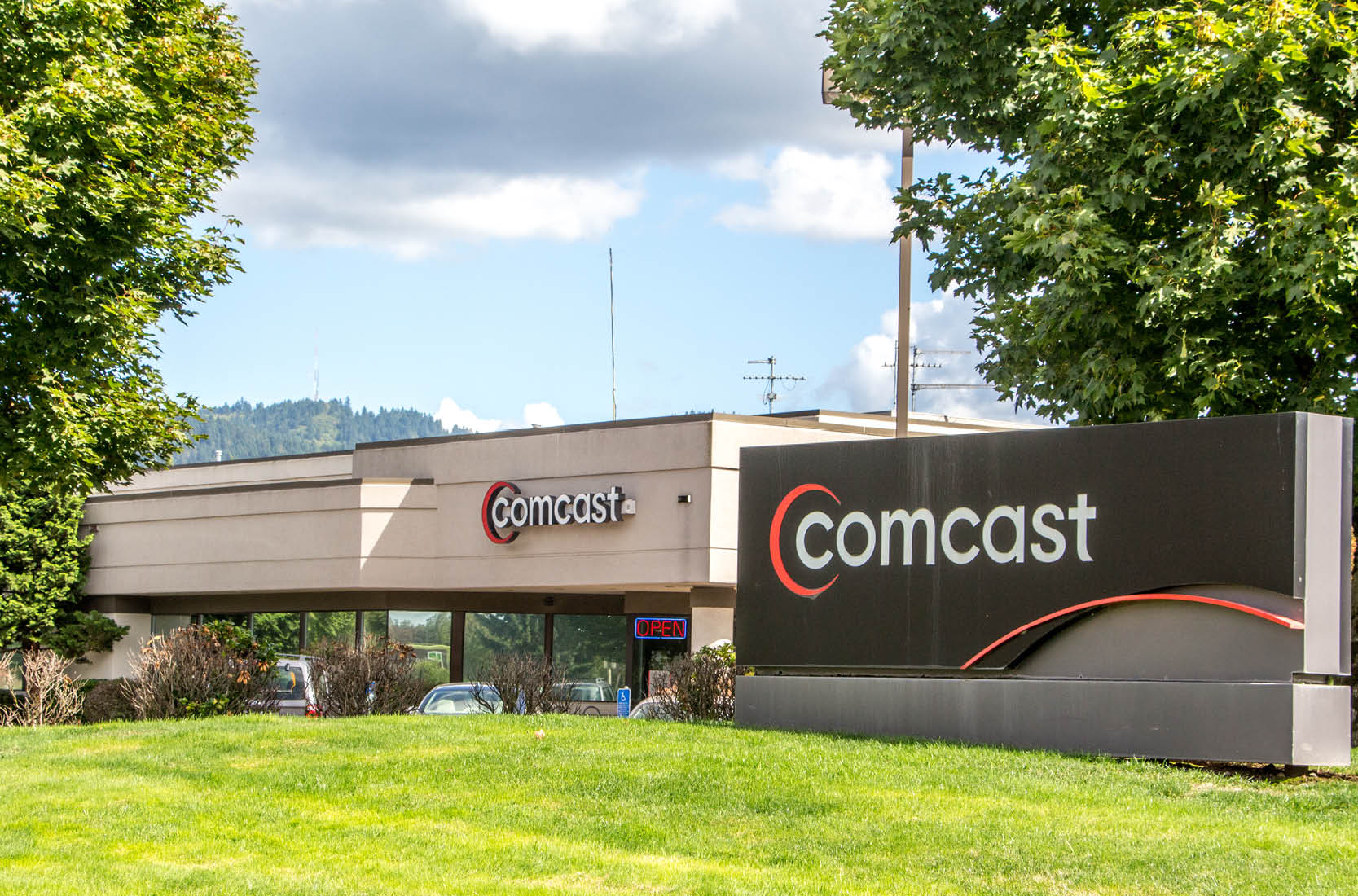The Broadband Competition Farce
 With net neutrality rules gone, consumers shouldn’t expect more choice.
With net neutrality rules gone, consumers shouldn’t expect more choice.
A recent op-ed in US News & World Report lays out a common argument for why the FCC was right to abolish net neutrality rules: consumers want choice in broadband service, but investment in broadband infrastructure is down and it’s net neutrality rules that are keeping companies from innovating. Consumers definitely want more choice when it comes to choosing an internet service provider (ISP), but rolling back net neutrality rules is unlikely to improve things.
A quick primer: The Obama administration introduced net neutrality rules in 2015, which meant that ISPs were required to treat all information — from microblogs to YouTube to the New York Times — the same. Under those rules, ISPs couldn’t, for example, create fast lanes for certain websites, or censor or block specific content. When Ajit Pai became the chairman of the FCC under President Trump, he quickly announced that the commission would be voting to repeal these rules. He and his allies argued that fears of a less regulated internet were overblown; ISPs are but players in a competitive marketplace, Pai reasoned, and if consumers were unhappy with Comcast, Verizon, or whichever company they used for internet service, they could take their business elsewhere. Freeing ISPs from the shackles of net neutrality would spur investment and create choice for consumers.
In reality, the vast majority of internet users have very little choice when it comes to internet access, and there is no reason to believe that their choices will broaden in a world without net neutrality rules. According to a sweeping report by The Verge, “the United States has a stunningly uncompetitive market for wired internet access. Fifty-one percent of Americans only have one choice of broadband provider, according to the FCC’s own 2016 data. Thirty-eight percent of Americans only have two choices. Add it up, and 89 percent of Americans have but one or two options for broadband, and one of them is often much slower than the other. This is not a situation ripe for fierce competition and lower prices.”
Even the ISPs themselves, presumably the beneficiaries of a market without competition, acknowledge how little consumer choice actually exists. When Comcast, the nation’s largest ISP, sought in 2015 to purchase Time Warner Cable, it argued that a merger would not reduce broadband competition because there wasn’t any competition anyway.
So, will removing regulations spur existing ISPs to innovate, and new players to enter the market? Not necessarily, and new choices won’t necessarily be good choices. First, the start-up costs for building out broadband service are massive. In urban areas, it requires digging up ground to lay new wiring in physical spaces that are already packed with infrastructure. Working with local governments and existing utilities is a long process full of expensive headaches. In rural areas, where 39% of the population currently lacks fast internet, laying new optical fiber cable has proven prohibitively expensive; the industry estimates that installing fiber costs around $30,000 a mile. While Pai argues that rolling back net neutrality rules will boost competition, he doesn’t seem to be expecting once-reluctant ISPs to start filling the rural gap — as recently as last summer, he was recommending that the federal government fund the expansion of broadband and high-speed wireless in rural areas.
Another option would be for new ISPs to lease existing fiber from other companies, and offer different kinds of service packages to consumers. A model for this already exists in the wireless world where companies like Cricket Wireless and Boost offer lower-cost options that run on existing major networks (AT&T and Sprint, respectively), but with slower service. On the wired side, a company could lease fiber from, say, Verizon, throttle and block content however they like, and offer a cheap option to consumers who currently can’t afford broadband. That might sound like a boon to consumers, but remember, this scenario wouldn’t create good options and great options. It would maintain the lousy options everyone currently hates, and create additional cheaper, lousier options. And rural communities are still out of luck; since there’s no broadband infrastructure there currently, there’s nothing for new low-cost ISPs to piggyback on.
If rolling back net neutrality rules does create an expansion in broadband service, it won’t happen evenly. ISPs would likely look to dense parts of the country with enough high-income consumers to make new service profitable. Some internet users will be willing and able to afford fast new service through a package without throttling or blocking, but consumers without the financial means and geographic access will be left in the Dark Ages, potentially with service too slow to watch a video on solving equations or do a remote video job interview. As we learned during the health care debate, having several bad choices is akin to having no choice at all.
Resources
Net Neutrality, Explained by Timothy B. Lee (Vox, May 21, 2015)
The Internet Is F*%$ed by Nilay Patel (The Verge, July 12, 2017)
A Proposal for Network Neutrality by Tim Wu (June 2002 – Wu is known as the father of net neutrality, and this is the definitive paper in which he articulates why we need it.)
